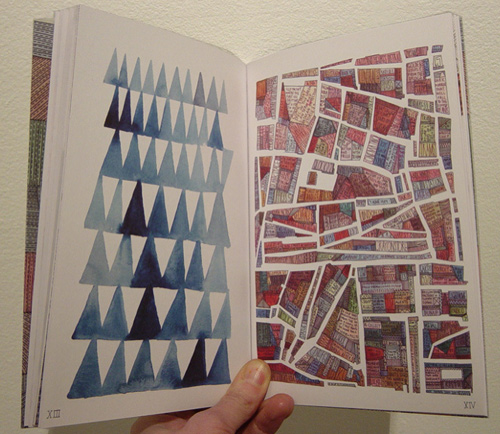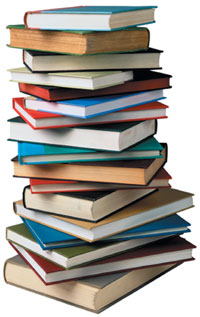 In 2007 there was a large outcry in the US when it was discovered that large toy manufacturers were importing toys from China and developing countries that contained high levels of lead and chemicals that made kids sick. The US Congress decided to beef up the authority of the Consumer Products Safety Commission (CPSC) and passed the Consumer Product Safety Improvement Act (CPSIA) in August 2008. Among other things, the CPSIA bans lead and phthalates (substances added to plastics to increase their flexibility) in children’s products, mandates third party testing and certification, and requires manufacturers of all goods for children under the age of 12 to permanently label each item with a date and batch number.
In 2007 there was a large outcry in the US when it was discovered that large toy manufacturers were importing toys from China and developing countries that contained high levels of lead and chemicals that made kids sick. The US Congress decided to beef up the authority of the Consumer Products Safety Commission (CPSC) and passed the Consumer Product Safety Improvement Act (CPSIA) in August 2008. Among other things, the CPSIA bans lead and phthalates (substances added to plastics to increase their flexibility) in children’s products, mandates third party testing and certification, and requires manufacturers of all goods for children under the age of 12 to permanently label each item with a date and batch number.
 Seems like a good idea, right? And what does this have to do with books? Well, first, the new rules mandate testing for any items intended or perceived for children. So a book commonly regarded as “kids stuff,” such as comics or high-end pop-ups, even if it is intended for adults, will fall under the statute. For me personally, this might include my flip books, which while I intended them for adults, may be given to children. Second, the rules are retroactive, so after they go into effect on Feb 10, kids’ book without a certificate of lead testing can’t be sold or distributed, no matter when the book was printed. Amazon, for one, is taking the new rules seriously and sent an email to all affiliates asking them to provide the lead testing certificates for all items. Does this mean lots of already-printed copies of, say, Harry Potter, have to be destroyed?
Seems like a good idea, right? And what does this have to do with books? Well, first, the new rules mandate testing for any items intended or perceived for children. So a book commonly regarded as “kids stuff,” such as comics or high-end pop-ups, even if it is intended for adults, will fall under the statute. For me personally, this might include my flip books, which while I intended them for adults, may be given to children. Second, the rules are retroactive, so after they go into effect on Feb 10, kids’ book without a certificate of lead testing can’t be sold or distributed, no matter when the book was printed. Amazon, for one, is taking the new rules seriously and sent an email to all affiliates asking them to provide the lead testing certificates for all items. Does this mean lots of already-printed copies of, say, Harry Potter, have to be destroyed?
 The rules are for both selling and distributing. Reading them literally, it’s difficult to understand how they can mean anything but trouble for libraries, thrift shops like Good Will, and literacy programs that give away books. Can libraries sell donated and used children’s books at their yearly book sales?
The rules are for both selling and distributing. Reading them literally, it’s difficult to understand how they can mean anything but trouble for libraries, thrift shops like Good Will, and literacy programs that give away books. Can libraries sell donated and used children’s books at their yearly book sales?
 The seller bulletin boards on Etsy have been full of posts about CPSIA, as many people with shops there make handmade kids clothes and toys, all of which will need to be tested. Third party testing looks to be expensive — there are quotes for $500 per item minimum. And apparently once isn’t enough: if I change the paper on my flip books, I’d need to get it re-tested. For me the cost of mandatory testing would force me to stop selling flip books.
The seller bulletin boards on Etsy have been full of posts about CPSIA, as many people with shops there make handmade kids clothes and toys, all of which will need to be tested. Third party testing looks to be expensive — there are quotes for $500 per item minimum. And apparently once isn’t enough: if I change the paper on my flip books, I’d need to get it re-tested. For me the cost of mandatory testing would force me to stop selling flip books.
 While there’s been a big hue and cry about the new rules from small businesses as well as non-profits that sell used clothes and toys, it’s come very late and after the law was passed. I’m watching, but not hopeful — Congress has a lot of other pressing matters to deal with this winter, even if the rules do mean the death of many small businesses.
While there’s been a big hue and cry about the new rules from small businesses as well as non-profits that sell used clothes and toys, it’s come very late and after the law was passed. I’m watching, but not hopeful — Congress has a lot of other pressing matters to deal with this winter, even if the rules do mean the death of many small businesses.
 Here’s a lot more information, as it pertains not just to books but toys and thrift shops.
Here’s a lot more information, as it pertains not just to books but toys and thrift shops.
![]() Mary also edits the Book Arts Classified website which summerizes all sorts of book arts news, including calls for entries, exhibitions, new bookworks and periodicals…
Mary also edits the Book Arts Classified website which summerizes all sorts of book arts news, including calls for entries, exhibitions, new bookworks and periodicals…
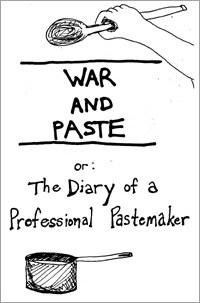
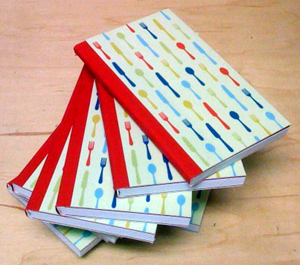
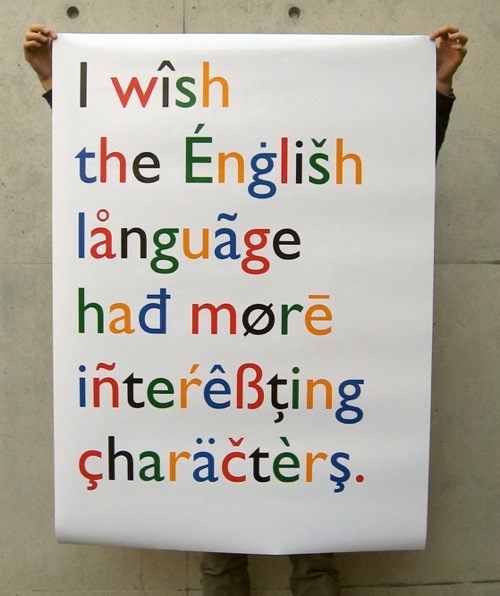
 In 2007 there was a large outcry in the US when it was discovered that large toy manufacturers were importing toys from China and developing countries that contained high levels of lead and chemicals that made kids sick. The US Congress decided to beef up the authority of the Consumer Products Safety Commission (CPSC) and passed the
In 2007 there was a large outcry in the US when it was discovered that large toy manufacturers were importing toys from China and developing countries that contained high levels of lead and chemicals that made kids sick. The US Congress decided to beef up the authority of the Consumer Products Safety Commission (CPSC) and passed the 